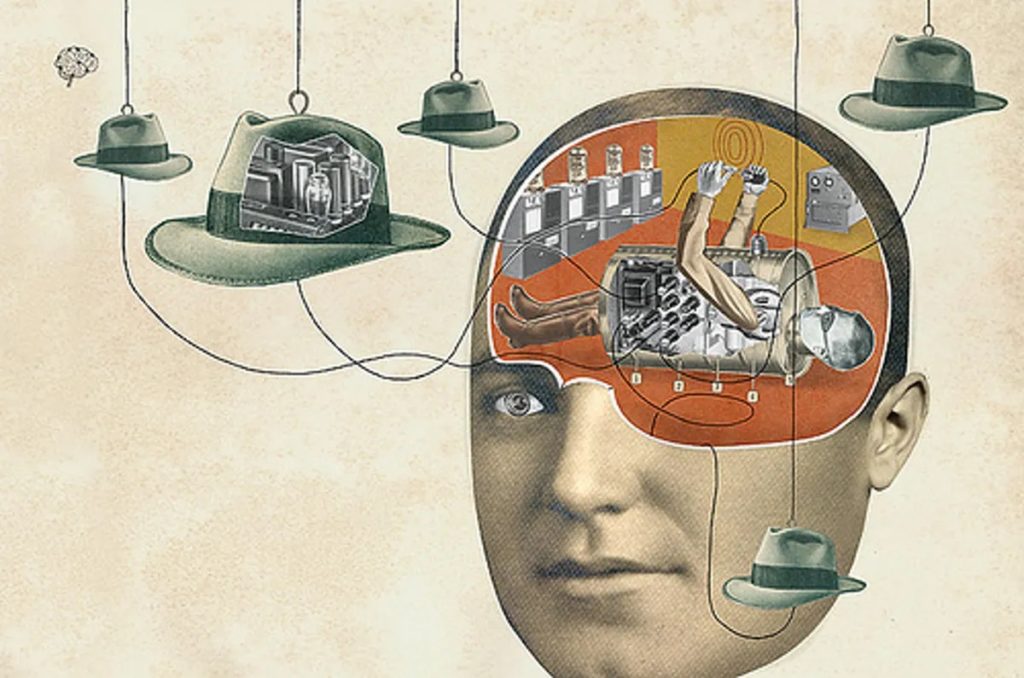There Is No Such Thing As A Purely Logical Argument
Written By Mette Leonard Høeg
This blogpost is a prepublication draft of an article forthcoming in THINK.

It is well-known that rational insight and understanding of scientific facts do not necessarily lead to psychological change and shifts in intuitions. In his paper “Grief and the inconsolation of philosophy” (unpublished manuscript), Dominic Wilkinson sheds light on this gap between insight and emotions as he considers the potential of philosophy for offering consolation in relation to human mortality. More specifically, he looks at the possibility of Derek Parfit’s influential reductionist definition of personal identity for providing psychological consolation in the face of the death of oneself and of others. In Reasons and Persons, Parfit argues that personal identity is reducible to physical and psychological continuity of mental states, and that there is no additional fact, diachronic entity or essence that determines identity; and he points to the potential for existential liberation and consolation in adopting this anti-essentialist perspective: “Is the truth depressing? Some might find it so. But I find it liberating, and consoling. When I believed that my existence was such a further fact, I seemed imprisoned in myself. My life seemed like a glass tunnel, through which I was moving faster every year, and at the end of which there was darkness. When I changed my view, the walls of my glass tunnel disappeared. I now live in the open air.”
Read More »There Is No Such Thing As A Purely Logical Argument

